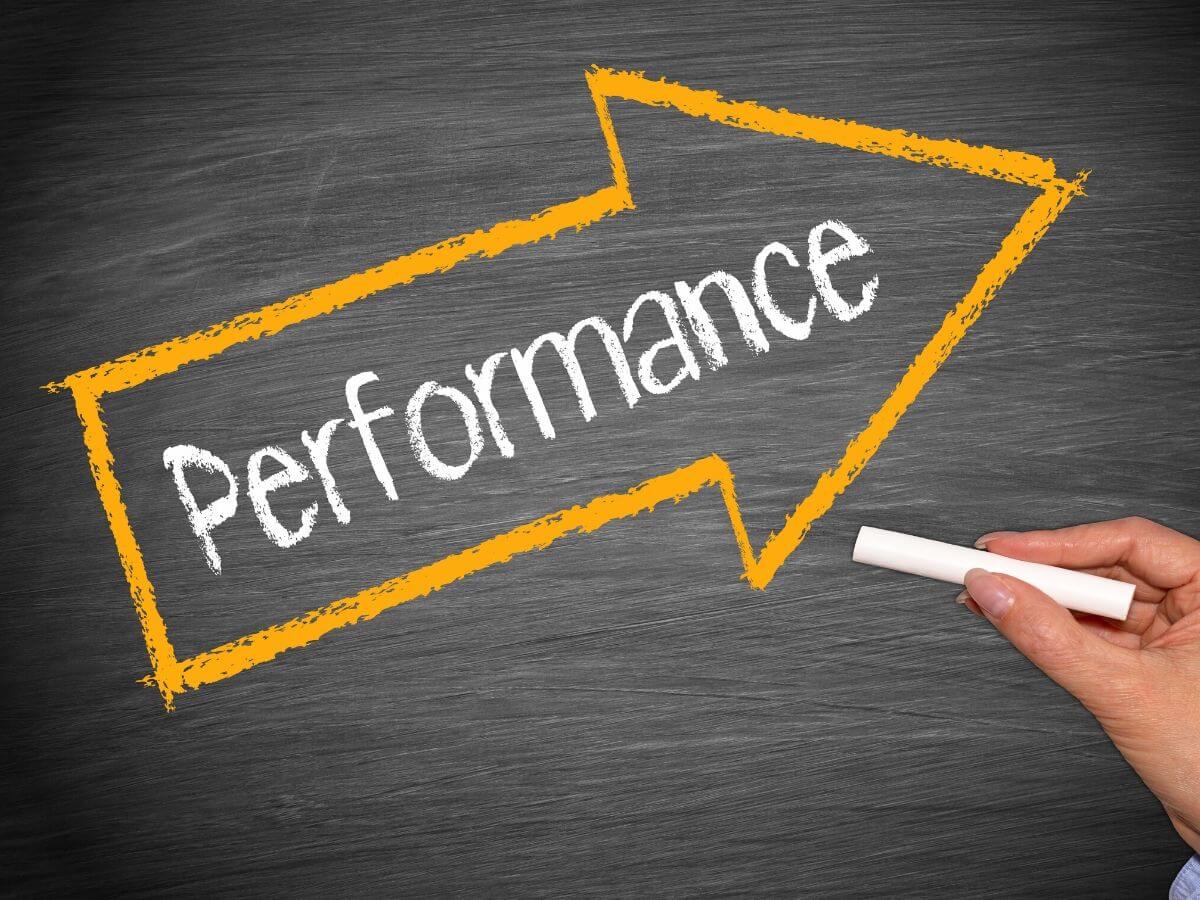If you don’t monitor your key financial metrics, you may be missing out on valuable insights about your business’s financial health. Continuing in our Business Basics series, in this article we’ll take you through the 8 key numbers every business should monitor and manage each month. They will help you make better business decisions and proactively plan for the future.
The key numbers fall into the following categories:
- Indicators of cash flow health
- Indicators of profitability
- Indicators of liquidity
Indicators of cash flow health
Of all numbers in your business, cash flow is almost certainly the most important to watch – it’s the lifeblood of all businesses. We recommend all businesses take the time to prepare a cash flow forecast so they have a good understanding of their likely cash position. In addition, monitoring debtor days, creditor days and your working capital ratio will give you an understanding of what you can tweak to improve cash flow.
1. Debtor days
Average debtor days is the number of days that elapse between when you issue an invoice and when you get paid. The faster you can turn sales into cash means the less cash (possibly from overdrafts) you need to finance your business activities. If you find that the average debtor days are increasing over time it may be a sign that you need to tighten your debtor control process.
The formula for calculating debtor days is: (Debtors x days in period) ÷ sales
Debtors can be found in the current assets section of your balance sheet and sales are a profit and loss item.
In Australia, average debtor days fluctuate between 48 days to around 60 days (Dun & Bradstreet). You can see that this is quite different to the 30 days credit terms most businesses give their customers!
2. Creditor days
Tracking your average creditor days is also an important part of managing cash flow. You’ll want to strike a balance between keeping cash in your business as long as possible but also settling your debts with suppliers in a timely manner. If you find that the average creditor days is increasing month after month it may be evidence of liquidity problems.
The formula for calculating creditor days is: (Creditors ÷ cost of goods sold) x days in period
Creditors can be found in the current liabilities section of your balance sheet and cost of goods sold is a profit and loss item.
3. Working capital ratio
The difference between your current assets and current liabilities is called working capital.
In an ideal world, your business would provide a service or buy stock and get paid for it straight away. With no delay between cash out and cash in, there would be no need for a cash pool to fund wages, rent, tax or more stock. In the real world though, every business needs to bridge the gap between the timing of income and expenses.
Working capital is what we call the pool of money you have available to fund day-to-day operations. The amount of working capital a business needs will vary over the year, so keep an eye on monthly balance sheet figures to see a truer picture of how you’re travelling.
Working Capital Ratio = Current Assets ÷ Current Liabilities
For example, if your current assets are $120,000 and current liabilities are $80,000, your working capital ratio is 1.5:1.
The higher the working capital ratio, the better. A ratio of 2 or higher, shows you have twice as many current assets as current liabilities and suggests your business is in very good shape. It also shows you have a margin of safety for unforeseen losses, hard to collect debts or unplanned expenses. A working capital ratio of less than 1 indicates your business may be in cash flow trouble and you’ll need to manage your way into a more stable position.
Indicators of profitability
4. Gross profit margin
Your gross profit margin is a key indicator of your business’s overall health. The gross profit margin shows whether the average mark up on your products or services is enough to cover your direct expenses and make a profit.
To calculate your business’s gross profit margin, you first need to calculate gross profit.
Gross profit = sales revenue – costs of goods sold
Gross profit margin percentage = (gross profit ÷ sales revenue) x 100
5. Net profit margin
Also known as the ‘bottom line’, net profit is the total amount earned (or lost) after paying all expenses. Once you know what your net profit is you can calculate the net profit margin. Expressed as a percentage, it shows what part of each dollar the business earns ends up as profit at the end of the period.
You’ll find net profit listed on your profit and loss statement. Net profit is of course a metric that you’ll always want to see positive, and the higher the better. It’s essential to remember that a profitable business can still go under if it runs out of cash. Which is why keeping an eye on your cash flow is so important.
To calculate your business’s net profit margin, you first need to calculate net profit.
Net profit = operating profit – (taxes + interest)
Net profit margin percentage = (net profit ÷ sales revenue) x 100
6. Break-even point
Without knowing your break-even point, you can’t make informed business decisions. It’s the key to determining your pricing and profitability and therefore is fundamental to your success.
Your break-even calculation identifies the number of sales required (in dollars or units) before all business expenses are covered and profit begins (before tax). We’ve written an in-depth article all about break-even to help you calculate and use this important metric. You can also use your break-even calculation to see the effect of changes in costs on your business. If you were able to source cheaper materials and reduce the variable cost per item you sell, you’d need to sell fewer units to break even. If sales then remained the same, you’d make more profit. To be of real value to you, you will need to recalculate your break-even on a regular basis as your selling price, variable costs and fixed costs will change over time.
Break-even point = fixed costs ÷ gross profit margin
Indicators of liquidity
7. Quick ratio (or the ‘acid test’)
The quick ratio (or acid test) shows how well a business can quickly convert its assets into cash in order to pay off its current liabilities. It differs to the working capital ratio in that it doesn’t include the stock (inventory) component of current assets. In effect that makes it a more conservative view of your business’s financial health because selling off inventory takes time and energy.
Quick Ratio = (Current Assets – Stock) ÷ Current Liabilities
For example, if your current assets are $120,000, stock is $30,000 and current liabilities are $80,000, your quick ratio is 1.125:1.
You should aim for a ratio of 1:1 or higher. If the majority of your current assets are with debtors, and you have a pattern of debtors paying late, your quick assets ratio needs to be higher because you’re having to fund the time it takes you to turn accounts receivable into cash you can use.
8. Debt to asset ratio
The debt to asset ratio is an indicator of a business’s financial leverage. If you have a high debt to asset ratio, it means you’re mostly growing your business by taking on debt (either through loans or creditors) rather than from re-investing profits the business has made.
Creditors and investors (such as banks) use your debt to asset ratio to assess how risky it is to loan you money. The higher the ratio, the riskier you are, which makes it difficult to obtain a loan or attract investors who may use this ratio to see how solvent your business is.
Debt to Asset Ratio = Total Liabilities ÷ Total Assets
For example, if your total liabilities are $110,000 and total assets are $150,000, your debt to asset ratio is 0.73:1
As a general rule, the higher ratio the more your business is considered leveraged and therefore at risk. A score over 1 means you have more debt than assets whereas a score of 0.5 or lower would put you at less risk.
Summing up
Hopefully after reading this article you have a better understanding of what the numbers mean and how you can tease out vital information to better manage your business. We’ve shown you some of the important numbers to manage but there are many more insights you can look at to assess the financial health of your business. If it all still seems like financial gibberish, we’re happy to help out.
Further help
If you’re struggling to make sense of your numbers and need help with management accounting, contact our business improvement specialists for further assistance. You can reach us on (07) 3023 4800 or at mail@marshpartners.com.au.
You can find out more about working with Marsh & Partners here. As your Absolute.Account.Ability partner we’re on a mission to make your business life better. We’ll help you set goals for your business, devise an Action Plan to make them happen and meet with you regularly to ensure you stay on track.
If you’d like to learn more about the critical numbers in your business, you can read these other Business Basics articles:
Share this article on LinkedIn:
Subscribe to our newsletter:
Get tax updates, business advice and seminar invitations delivered straight to your inbox.







